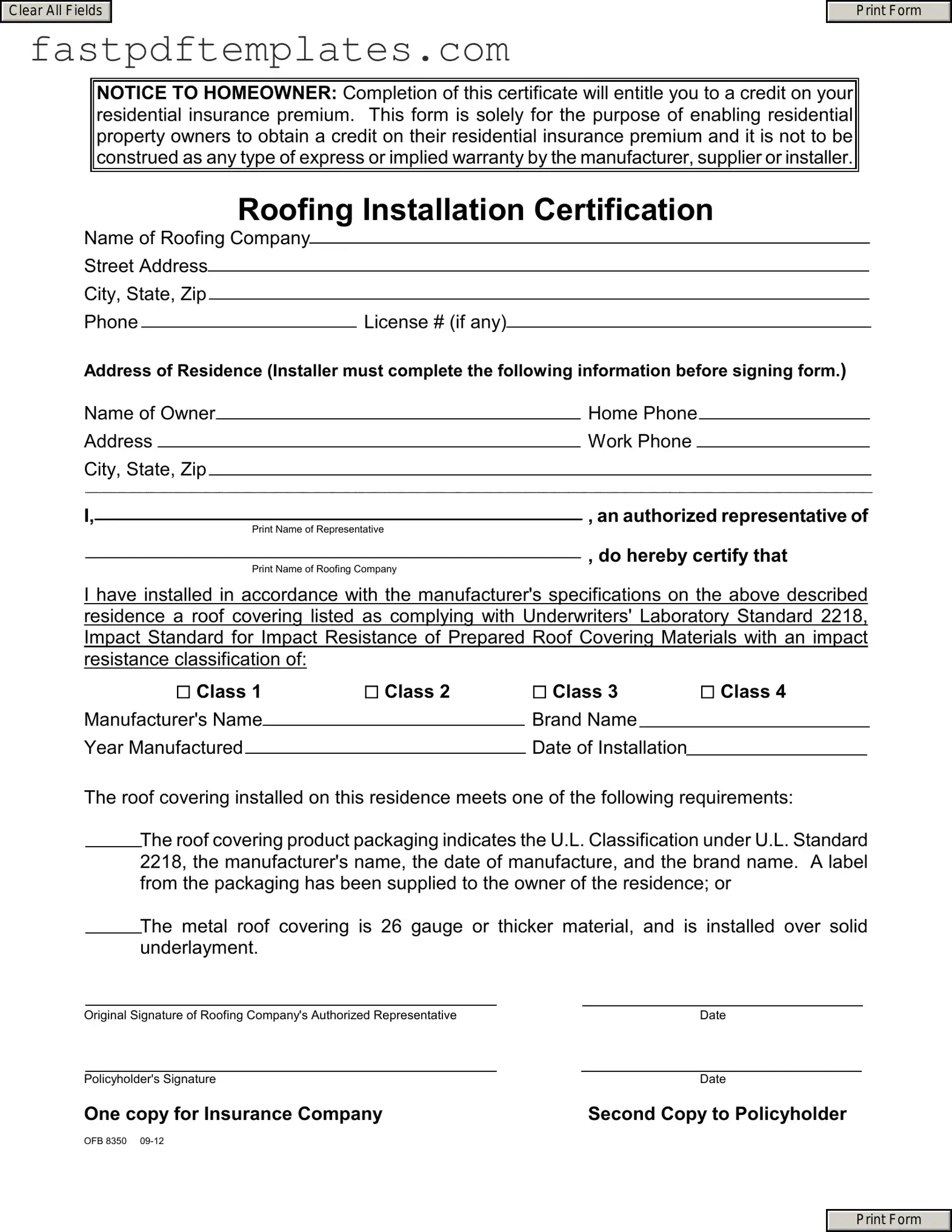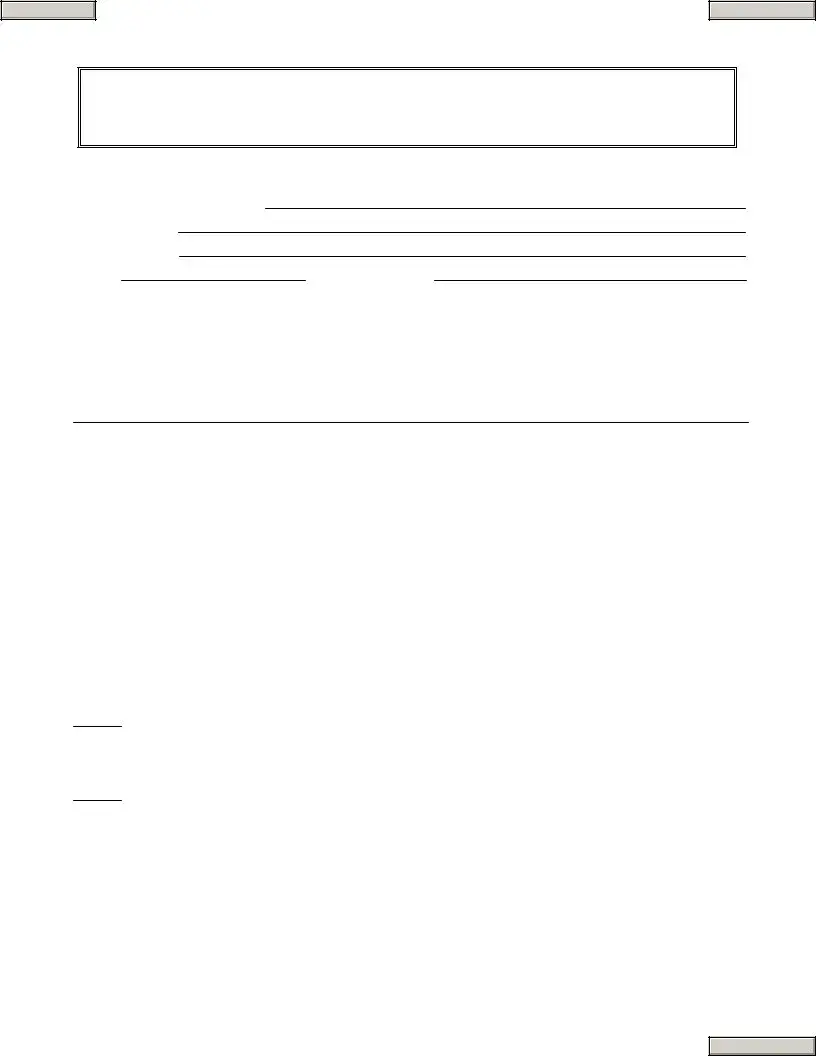Misconception 1: The Roofing Certificate guarantees a premium reduction.
Many homeowners believe that simply filling out the Roofing Certificate form will automatically lead to a reduction in their insurance premiums. However, this form is merely a step in the process. The actual reduction depends on the insurance provider's policies and the specific circumstances of the homeowner's policy.
Misconception 2: The certificate provides a warranty for the roofing materials.
Some individuals think that the Roofing Certificate serves as a warranty for the roofing materials used. In reality, the certificate is intended only to certify that the roofing was installed according to the manufacturer's specifications. It does not imply any guarantees regarding the longevity or performance of the materials.
Misconception 3: All roofing companies can provide this certificate.
Homeowners might assume that any roofing company can issue a Roofing Certificate. However, only authorized representatives of roofing companies that comply with specific standards can complete and sign this form. It's crucial to ensure that the roofing company is recognized and qualified to provide this certification.
Misconception 4: The form is only for new roofs.
Some people think that the Roofing Certificate is applicable only for newly installed roofs. This is not the case. The form can also be used for roofs that have been replaced or upgraded, as long as they meet the necessary impact resistance standards outlined in the form.
Misconception 5: Submitting the certificate is the homeowner's only responsibility.
Many homeowners believe that once they submit the Roofing Certificate to their insurance company, their work is done. However, it’s essential to keep a copy for personal records and to follow up with the insurance provider to ensure that the premium reduction is applied. Communication with the insurer is key to confirming that all requirements have been met.

